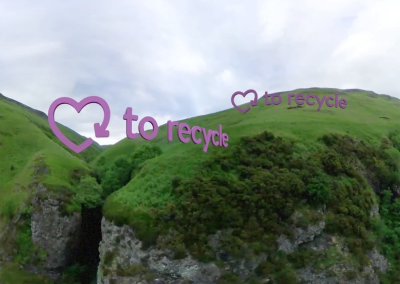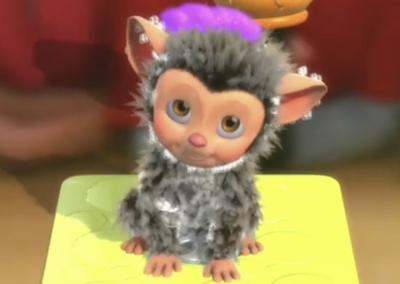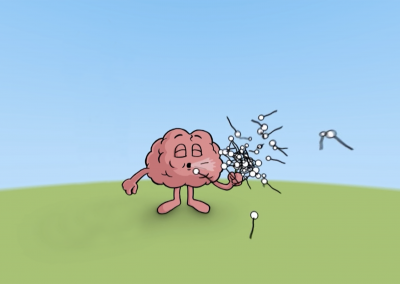Beyond the frame, the director’s guide to VR
The steady evolution of film
Cinematographers and film directors have been developing the visual language of film since its inception over 100 years ago, over the years we have been adapting this with new tools and techniques such as CGI and computer animation, both of which fitted nicely into the old frameworks.
Throw the old rulebook out of the window!
VR and other immersive media forms such as 360 video are an entirely new way to tell stories, and as such the old ways of thinking within a frame are completely outdated, VR needs a quite different way of thinking.
Don’t know where to start?
We have written this blog post to help anyone who is looking at commissioning, creating or directing VR content to get their head around some of the key things that make these types of media unique and exciting.

You’ve been framed
Probably the single biggest difference with VR is the lack of a frame, no longer do you have this funny rectangle where you control where people can look and where they can’t.
Guided tour
Giving people the freedom to look anywhere means you need to give up control of what they are looking at, but you might want to still encourage them to be looking at a certain thing. You might want to add a person or animated character to give them a guided tour.
Light the way
We can also use light, colour or movement in a subtle way to attract our audiences eyes to important areas in our scenes.

Choose the 360 lens!
VR also makes things like your choice of lens an obsolete concern, no more whipping out your favourite fish eye lens for the hiphop effect or a zoom lens for a flattering portrait, Now everyone now has the same lens – a 360 one!
Get into position
Still, the main way you can control the experience is by positioning your audience where you would like them to see the action from. Tell the story from a child’s perspective from a low position, or from a birds eye view from up in the sky. Try to avoid putting the camera right in the centre of the action as it might cause some discomfort by forcing the audience to looking around too much.
Get out of my face
An old favourite from photography and film is the closeup, but this now takes on a new meaning as it is actually you, and not the camera who is getting very close to the subject, this might make the audience feel more uncomfortable than they are used to in film as their personal space is being virtually invaded.

Focus, Focus, Focus!
In film we are used to using focused and defocused areas of the frame to create beautiful compositions that encourage our viewers to look at an object that is important to the story. The problem if we replicate this in VR is that our eyes often try to focus on these blurry objects, which can be a big source of headaches as it will be impossible to bring them into focus like our brains would like.
Grab the sick bucket!
If you have been on one of those VR roller coaster apps you might have experienced feeling sick in VR. It is usually caused if the movement in VR doesn’t match up with your other senses such as your sense of balance in your inner ear or your body position. A good rule of thumb is to try and not move the viewer and let them have control of movement. If you must move them, try to make it slow and steady, or at least motivated, i.e. you are sitting in a vehicle.

Take a trip!
Cutting shots together in an edit is also problematic as each time you cut you are effectively transporting people around in time and space which isn’t the most natural feeling! Used carefully this ability to transport people is incredibly powerful though.
Linking shots
Because you are never sure where your viewer is looking, it is also now harder to connect shots together whilst telling a story, one thing you might want to do is make sure that the most interesting area on one shot lines up nicely with the place you want the audience to be looking on the next shot. If there are no specific focal points then you could consider flowing from one mood to another. Fades can work nicely as you are giving people a bit of notice that you are about to take them on a journey.
Enter the Matrix
The coolest thing about VR is the ability to explore time and space freed from the laws of physics. In film a slow mo shot is cool to watch, but to actually freeze time in VR is a mind blowing experience which can be used really nicely to tell a story in a non-linear way.

Breaking the fourth wall
Another interesting thing to bear in mind is that VR might be closer to ancient forms of storytelling like theatre or sculpture than it is to film or photography. The way a magician uses misdirection to control your gaze, or how video game designers structure a story might provide inspiration for your work.
Experiment
As a final thought we’re going to say you need to experiment and test things out for yourself, this is a very young medium and as such is still being formed. We plan to update this guide so do let us know how you get on!







